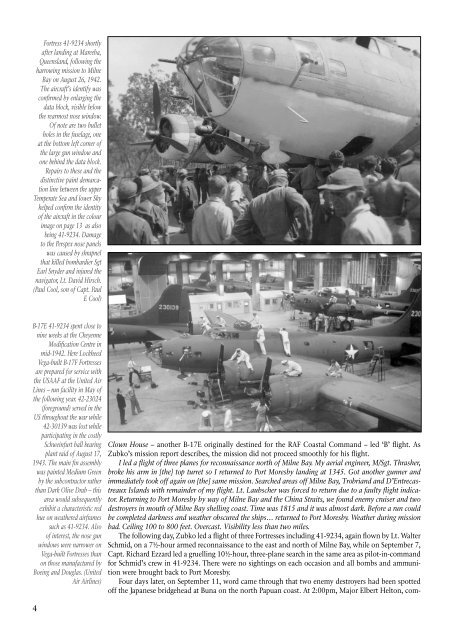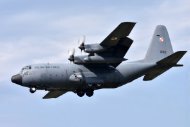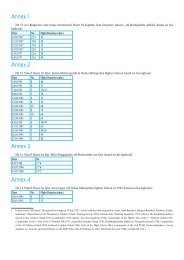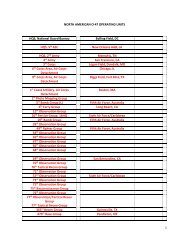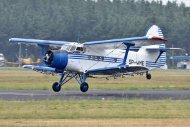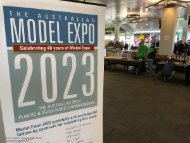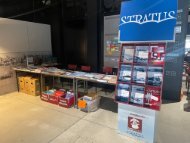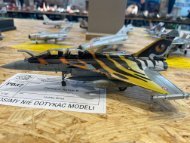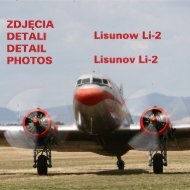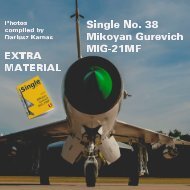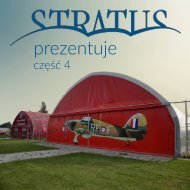B-17 CC Additional Material by Robert M Stitt
Boeing B-17 Fortress in RAF Coastal Command Service Second Edition Robert M Stitt Additional Material
Boeing B-17 Fortress in RAF Coastal Command Service
Second Edition
Robert M Stitt
Additional Material
- No tags were found...
You also want an ePaper? Increase the reach of your titles
YUMPU automatically turns print PDFs into web optimized ePapers that Google loves.
Fortress 41-9234 shortly<br />
after landing at Mareeba,<br />
Queensland, following the<br />
harrowing mission to Milne<br />
Bay on August 26, 1942.<br />
The aircraft’s identify was<br />
confirmed <strong>by</strong> enlarging the<br />
data block, visible below<br />
the rearmost nose window.<br />
Of note are two bullet<br />
holes in the fuselage, one<br />
at the bottom left corner of<br />
the large gun window and<br />
one behind the data block.<br />
Repairs to these and the<br />
distinctive paint demarcation<br />
line between the upper<br />
Temperate Sea and lower Sky<br />
helped confirm the identity<br />
of the aircraft in the colour<br />
image on page 13 as also<br />
being 41-9234. Damage<br />
to the Perspex nose panels<br />
was caused <strong>by</strong> shrapnel<br />
that killed bombardier Sgt<br />
Earl Snyder and injured the<br />
navigator, Lt. David Hirsch.<br />
(Paul Cool, son of Capt. Paul<br />
E Cool)<br />
B-<strong>17</strong>E 41-9234 spent close to<br />
nine weeks at the Cheyenne<br />
Modification Centre in<br />
mid-1942. Here Lockheed<br />
Vega-built B-<strong>17</strong>F Fortresses<br />
are prepared for service with<br />
the USAAF at the United Air<br />
Lines – run facility in May of<br />
the following year. 42-23024<br />
(foreground) served in the<br />
US throughout the war while<br />
42-30139 was lost while<br />
participating in the costly<br />
Schweinfurt ball bearing<br />
plant raid of August <strong>17</strong>,<br />
1943. The main fin assembly<br />
was painted Medium Green<br />
<strong>by</strong> the subcontractor rather<br />
than Dark Olive Drab – this<br />
area would subsequently<br />
exhibit a characteristic red<br />
hue on weathered airframes<br />
such as 41-9234. Also<br />
of interest, the nose gun<br />
windows were narrower on<br />
Vega-built Fortresses than<br />
on those manufactured <strong>by</strong><br />
Boeing and Douglas. (United<br />
Air Airlines)<br />
Clown House – another B-<strong>17</strong>E originally destined for the RAF Coastal Command – led ‘B’ flight. As<br />
Zubko’s mission report describes, the mission did not proceed smoothly for his flight.<br />
I led a flight of three planes for reconnaissance north of Milne Bay. My aerial engineer, M/Sgt. Thrasher,<br />
broke his arm in [the] top turret so I returned to Port Mores<strong>by</strong> landing at 1345. Got another gunner and<br />
immediately took off again on [the] same mission. Searched areas off Milne Bay, Trobriand and D’Entrecastreaux<br />
Islands with remainder of my flight. Lt. Laubscher was forced to return due to a faulty flight indicator.<br />
Returning to Port Mores<strong>by</strong> <strong>by</strong> way of Milne Bay and the China Straits, we found enemy cruiser and two<br />
destroyers in mouth of Milne Bay shelling coast. Time was 1815 and it was almost dark. Before a run could<br />
be completed darkness and weather obscured the ships… returned to Port Mores<strong>by</strong>. Weather during mission<br />
bad. Ceiling 100 to 800 feet. Overcast. Visibility less than two miles.<br />
The following day, Zubko led a flight of three Fortresses including 41-9234, again flown <strong>by</strong> Lt. Walter<br />
Schmid, on a 7½-hour armed reconnaissance to the east and north of Milne Bay, while on September 7,<br />
Capt. Richard Ezzard led a gruelling 10½-hour, three-plane search in the same area as pilot-in-command<br />
for Schmid’s crew in 41-9234. There were no sightings on each occasion and all bombs and ammunition<br />
were brought back to Port Mores<strong>by</strong>.<br />
Four days later, on September 11, word came through that two enemy destroyers had been spotted<br />
off the Japanese bridgehead at Buna on the north Papuan coast. At 2:00pm, Major Elbert Helton, com-<br />
4


